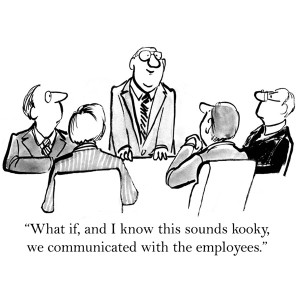Cross-functional work – a method for getting it sorted
I was wondering if I might be able to seek your guidance on sorting out cross-functional relationships. Is there a process you suggest we follow so we can really sort ourselves out so we can be a better organisation for both customers and employees?
Answer
Very glad you asked – getting clear in this area is about not forcing people to rely on favours and politics to get their basic work done. It’s a service to our fellow humans!
Cross-functional roles, or ‘Task-Initiating Role Relationships’ (TIRRs) as Elliott Jaques referred to them are how work gets done. We tend to to see the org chart as reality, when it’s actually just a visual representation of who reports to who, and what each person is there to deliver. In reality all work is passed on to someone, either internal or external – so all work is some sort of flow, which means…it mostly goes across.
This means that it’s one of the fundamental accountabilities of every manager to set up how work ‘works’ in their area. And a crucial part of this is the TIRRs.
So how do we do this? First we start with WHO.
We teach in our workshops and our online learning that Read more…







